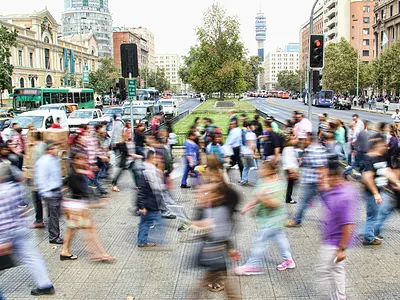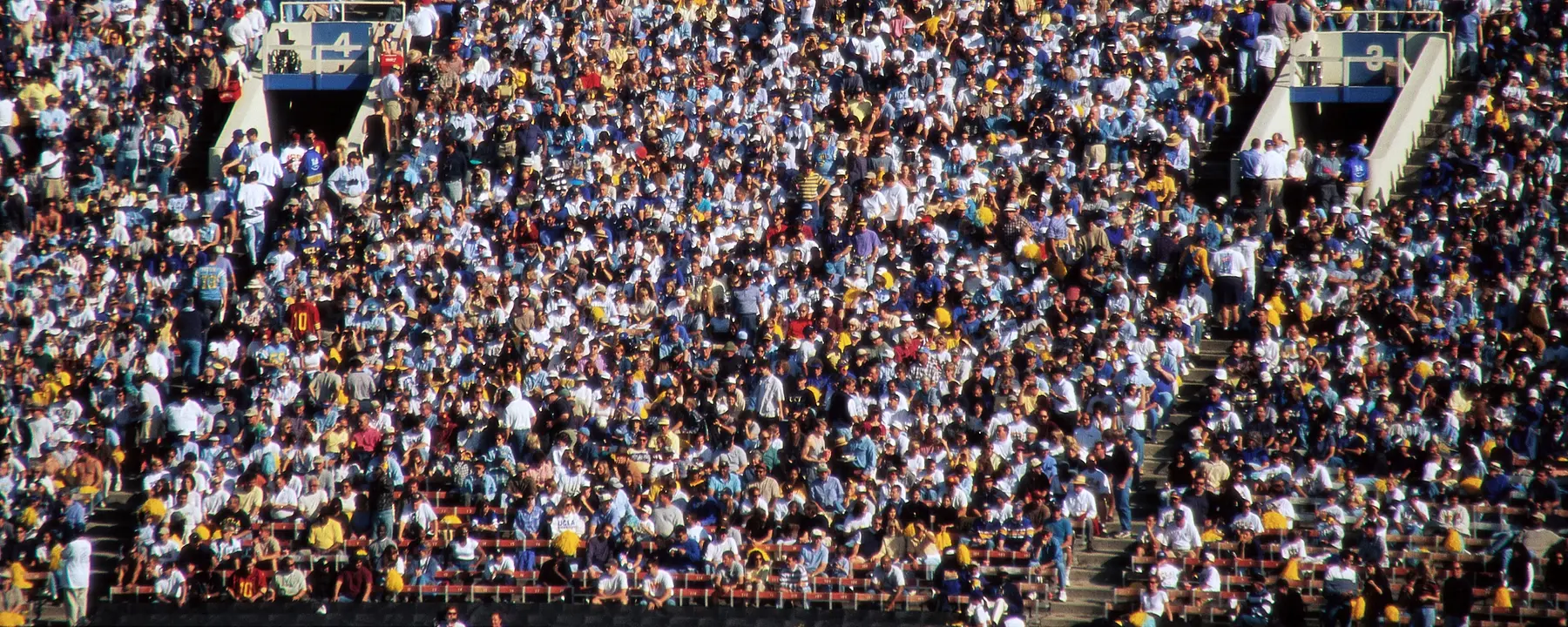
Understanding the reactions of crowds and law enforcement officers during soft-target bombing events can enhance preparedness and inform security responses that maximize public safety.
Objective
To better understand the behavior of crowds during soft-target bombings.
Approach
RTI is partnering with offices within the Cybersecurity Infrastructure Security Agency and the Department of Homeland Security to model reactions to soft-target bombings through video data and open-source documents from past events.
Impact
Understanding crowd reactions will allow first responders and safety officials to more effectively plan for and manage evacuations, minimize casualties, and preserve evidence.
Mass-casualty bombing events are relatively rare in American public life, but the ongoing threat of these events looms large for security professionals in the decade since the 2013 Boston Marathon bombing.
Soft targets—spaces with higher degrees of public traffic but lower degrees of security in comparison to police, military, or critical infrastructure targets—are a central point of focus in anticipating and preventing similar attacks. Large events with centralized crowds like concerts or sporting events may be vulnerable to attack, as are consistently busy public spaces such as college campuses, religious centers, shopping malls, nightclubs, or restaurants.
In an ideal world, security professionals could prevent all mass-casualty events and attacks, but in reality, they must thoroughly prepare for worst-case scenarios and analyze how to improve disaster response and mitigate threats in the event of such tragedies. First responders and public safety officials must think more strategically about how to minimize injury and loss of life, safely conduct evacuations, and effectively carry out investigations when time is of the essence.
To help public safety and security professionals make better-informed choices regarding disaster response and preparedness with soft targets, RTI researchers – led by Dr. Matthew DeMichele – are partnering with the Cybersecurity Infrastructure Security Agency's (CISA) Office for Bombing Prevention (OBP) and the Department of Homeland Security’s Science and Technology Directorate (DHS S&T) to examine and model the behavior of crowds following soft-target bombings.
Explosion Environment Simulations
This partnership works to develop four post-bombing simulation models in various environments, such as a transportation center (e.g., a subway station), a sports arena, or a large outdoor event (e.g., a festival). Researchers producing these models have conducted six case studies, analyzing primary video data and open-source documents (e.g., court documents, eyewitness accounts, government investigations) about individual responses in the aftermath of past bombing events. Through the analysis of the case study data, researchers are building out behavior profiles of “agent” groups, such as civilians and law enforcement, to determine how crowds will act in an emergency.
After classifying agent types and pairing these groups with their potential actions and influence on the actions of others, researchers are placing agents into simulation models to examine how collective crowd responses may differ among types of explosives, environments, and events. One individual’s behavior does not happen in a vacuum. In fact, it is likely to significantly influence the behavior of those nearby. The outcomes of these simulations will ultimately allow public safety and security officials to generate a better-informed understanding of how people may react to bombings in the specific events and locations under their jurisdiction.
The insights into crowd behavior drawn from these models will allow first responders and safety officials to understand how to more efficiently manage evacuations, how to minimize casualties through improved event designs and logistics, how to gather and preserve evidence, and how to perform any necessary triage more rapidly.
Applying Behavioral Simulation Models in Variable Contexts
RTI and the DHS’s current research specifically focuses on soft-target bombing events, but these novel modeling techniques might also contribute to improved emergency responses for mass-casualty events in other types of venues, such as mass shootings, vehicular attacks, or crowd crushes. While these models would also require more acute focus on other factors such as offender behavior, they represent an important opportunity for growth in better preparing public safety and security officials across the country and around the world to mitigate any possible threats facing their communities.
Bombings remain rare events, but other events such as mass shootings unfortunately have become increasingly common. There is much more to be done to prevent firearm violence, but we also must equip our public safety and security officials with effective tools capable of producing faster and more efficient responses to these tragic events, such as these simulations that model human behaviors after a mass casualty event.
Related Publications
- Department of Homeland Security Science and Technology Directorate
- Cybersecurity Infrastructure Security Agency Office for Bombing Prevention




